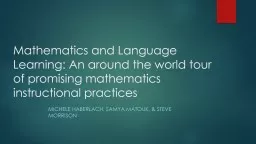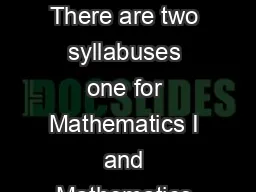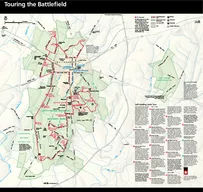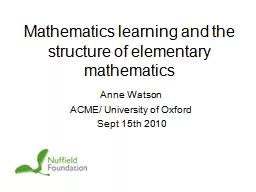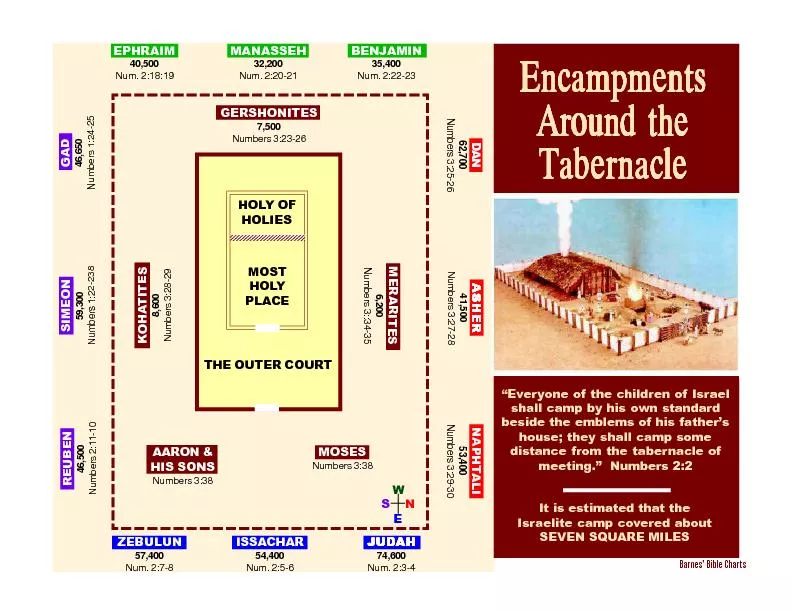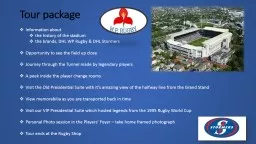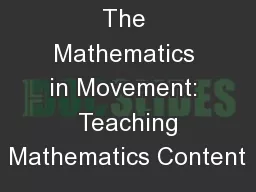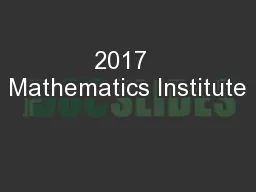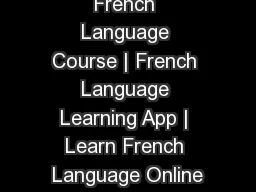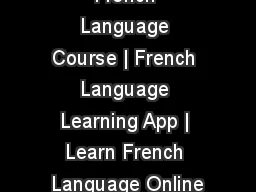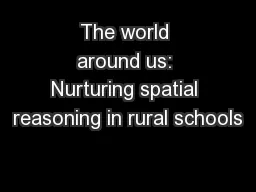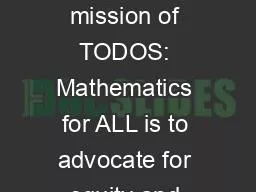PPT-Mathematics and Language Learning: An around the world tour of
Author : natalia-silvester | Published Date : 2019-12-02
Mathematics and Language Learning An around the world tour of promising mathematics instructional practices Michele Haberlach samya matouk amp Steve Morrison Something
Presentation Embed Code
Download Presentation
Download Presentation The PPT/PDF document "Mathematics and Language Learning: An ar..." is the property of its rightful owner. Permission is granted to download and print the materials on this website for personal, non-commercial use only, and to display it on your personal computer provided you do not modify the materials and that you retain all copyright notices contained in the materials. By downloading content from our website, you accept the terms of this agreement.
Mathematics and Language Learning: An around the world tour of: Transcript
Download Rules Of Document
"Mathematics and Language Learning: An around the world tour of"The content belongs to its owner. You may download and print it for personal use, without modification, and keep all copyright notices. By downloading, you agree to these terms.
Related Documents

